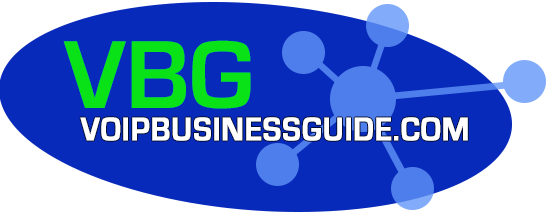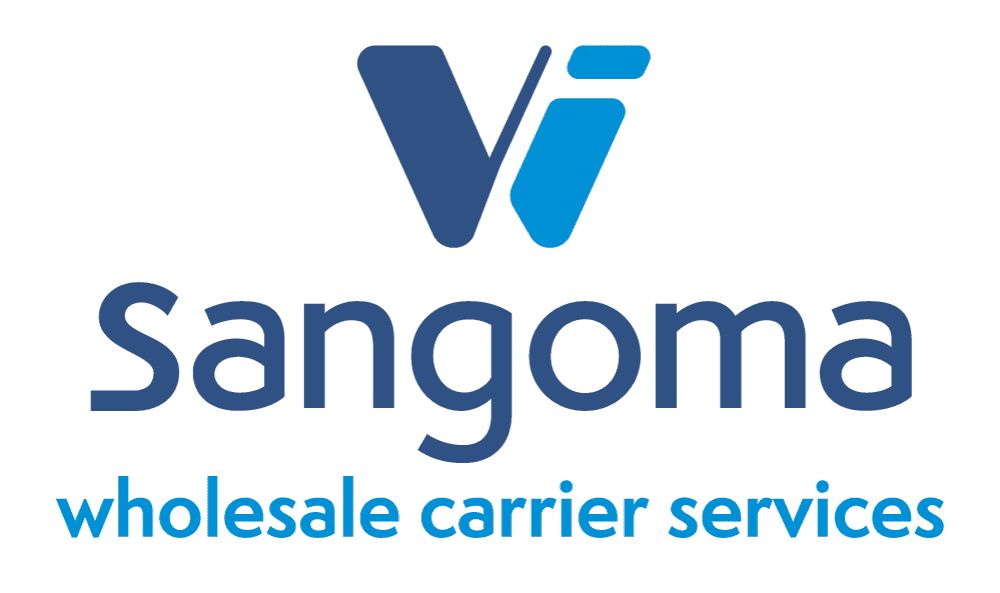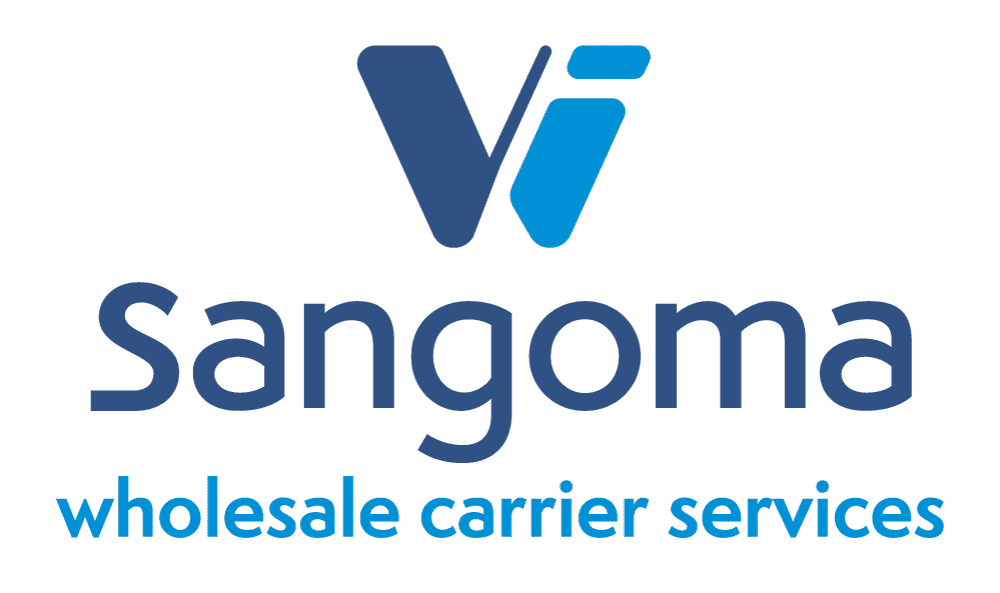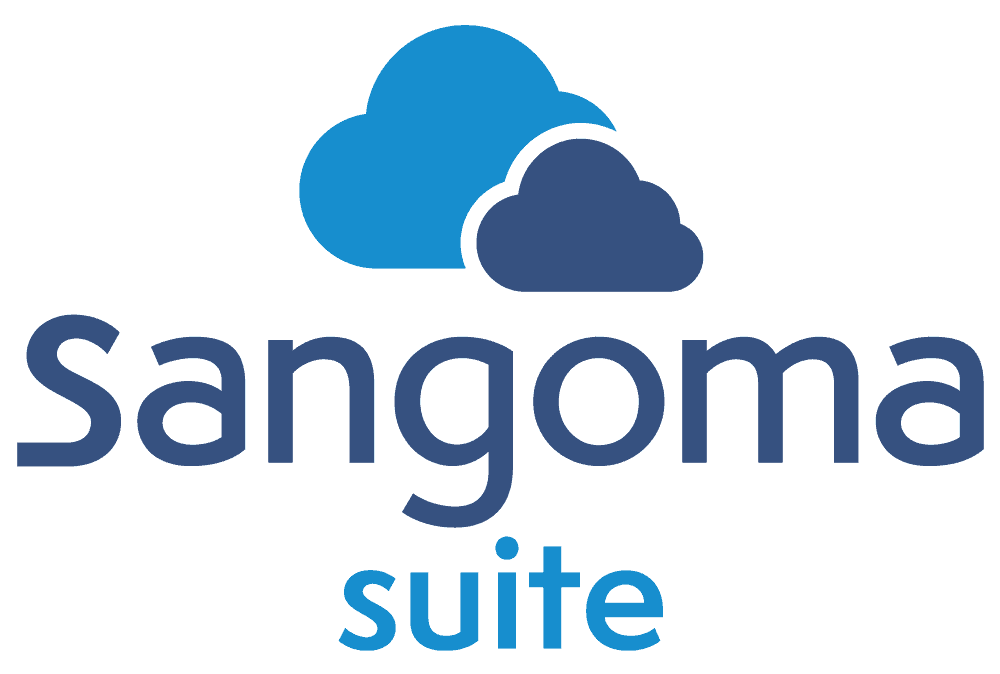What You Need To Know About The Growing Complexities of Communications Taxes
It’s definitely a great time to be a Managed Service Provider (MSP), Communication Service Provider (CSP), and Voice Service Provider (VSP), delivering managed communication services. Whether they be a seasoned provider or just starting out, the work-from-home movement has created a massive change in IT infrastructure, which means managed service providers have become very popular and are enticed to deliver more. For instance, the MSP market was valued at $242.9 billion in 2021 and is projected to reach 354.8 billion by 2026, registering a CAGR of 7.9%! This tremendous growth is pushing MSPs to continue to broaden and diversify their offerings. Still, there is a big surprise waiting for inexperienced or ill-informed providers: the increased set of communications tax complexity, obligations, and risk.
Why are communications taxes more important than ever?
MSPs, CSPs, and VSPs certainly understand that they are required to charge for and remit communications taxes. If you are reselling, charging, and invoicing for telecom services, such as data, voice, video, and messaging, then you’re in that camp. But what’s been happening, which has become more challenging, is that communications services have become the de facto method for delivering services from the cloud, but not only that, they’re being offered via programmable interfaces, or APIs. So now communication services are being embedded into SaaS platforms, essentially reselling data services. So the lines have become blurred, and knowing whether you need to pay communication taxes is a bit unknown. You need to ask yourself, “Is my business selling services that incorporate voice, video, or data?” If the answer is yes, then you’ll need to make sure you’re up to speed on tax compliance; otherwise, you’ll have some penalties to pay, aside from learning how to pay those taxes going forward.
So, what are the complexities of communications taxes? And how do MSPs, CSPs, and VSPs know what taxes apply to their services and customers?
Let’s start with general sales taxes, which apply at the federal, state, county, and city levels. Communication taxes fall under this umbrella too. From there, though, they can be very different, not just in terms of the rate and how it’s applied, but with communications taxes, there are instances of tax on tax in tearing of taxes. In many instances, the jurisdiction for communications taxes will be completely different from what you may have from a sales tax perspective. For instance, there are a lot of communication taxes that are based on school district zones, so even just establishing the jurisdiction that applies can be different. We now have a stacking of communication tax complexity over the existing complexity of sales tax. So, registering with the local jurisdiction, and collecting the tax, is one thing, but then it cascades since communications taxes have different compliance obligations. There are different registration obligations, different filing obligations, and also things like exemption management, where the forms that are needed to be filled out to be exempt from communications taxes are different from what is needed to be collected from a sales and use perspective.
How many tax returns do you need to file as a service provider?
This depends on two criteria: jurisdiction and types of services sold. These combined could mean filing 1,000s of compliance tax returns, especially if the provider is selling services nationwide. Voice itself is taxed heavily, as many different types of taxes are applied. Communication taxes are applied at the federal, state, and jurisdictional levels. E-911 is also similarly taxed.
Recent Developments
We talked a bit about the blurred lines around knowing if a business is required to pay communication taxes. On top of that, with the plethora of service providers out there, it would be unsustainably time-consuming for the government to find every business out there with communication services, find out if they are simply consuming or reselling them and dig from there. Businesses could easily fly under the radar from paying their taxes.
The recent robocall mitigation regulations, including the STIR/SHAKEN mandate, has forced VSPs, CSPs, and MSPs to register their telecommunications business by applying for a Federal Registration Number (FRN). Now that their telecommunications business is registered with the FCC, comprehensive compliance is much more important for that business. This includes the rating, collection, and remittance of taxes, fees, and surcharges that are levied by the government in the various states, counties, and cities that they sell in, as well as at the federal level.
Things to Consider as a Provider
- Are there communications taxes on video conferencing and softclient calls? In general, concerning communications taxes, voice is the most comprehensively taxed. When it comes to soft clients, such as Slack, Skype, Zoom, and other collaboration tools, even peer-to-peer VoIP communication is taxed. It’s not as heavily taxed as services going through the PSTN, but VOIP to VOIP services are taxed at a lower rate.
- How do communication taxes work when bundling products and services? This is something that is becoming prevalent as MSPs are bundling more and more services together within their offerings. This is especially true for MSP customers of Sangoma’s Wholesale Carrier Services, who pick and choose carrier service features to bundle and resell; more on that below. An MSP can bundle voice, SMS, fax, and soft clients and more, so figuring out the tax compliance for these individually sourced features is essential, as they are all taxed at different rates and dependent on the region.
With all that there is to consider and the challenges there are to become well informed of tax compliance, it may be a good idea to pair up with experts in the field for consultation or, better yet, with a vendor having a tax engine, who can automate rating and calculations of services, based on local and service feature.
How Sangoma’s Telecom Tax Module Can Help Providers
As part of our wholesale carrier services hosted billing service, we have a built-in tax module that automates the calculation and collection of taxes and regulatory fees for our customers who resell our wholesale carrier services. For readers unfamiliar with our wholesale carrier services, read this blog post. What differentiates us is that we offer a complete set of wholesale VoIP services, from termination/origination, DIDs, SMS, E911, Fax, fraud detection/protection, and telecom compliance toolkits, wrapped around an intuitive portal, which includes our hosted billing platform and tax module.
Our tax module is the “single pane of glass,” where our customers save a ton of time in tax rating and calculation for all their customers who may be dispersed nationwide using various services we resell. It consolidates taxes on all levels of government and service types. Also, as our customers expand across regions, the tax modules save them time from figuring out new tax compliance information for those areas as well.
Tax compliance becomes more complex as products become more innovative and are offered in a less traditional fashion. For instance, voice services integrated within APIs were never something tax compliance was designed for. The natural progression is that innovation outpaces tax law but, with time, always catches up. A great example of this is with streaming services, such as Netflix or Amazon Prime, for example. When they came out on the market, communications tax compliance only applied to traditional TV services. So no taxes were applicable for a while, but communication taxes started working their way into these new innovation streaming services as time progressed.
As an MSP, CSP, or VSP, it’s essential to understand the gray areas of communications tax compliance and be informed to avoid risks and possible penalties.
Learn more about Sangoma’s Tax module, built into our hosted billing platform, and have your tax rating and calculations automated for you.
The post What You Need To Know About The Growing Complexities of Communications Taxes appeared first on Sangoma Technologies.





